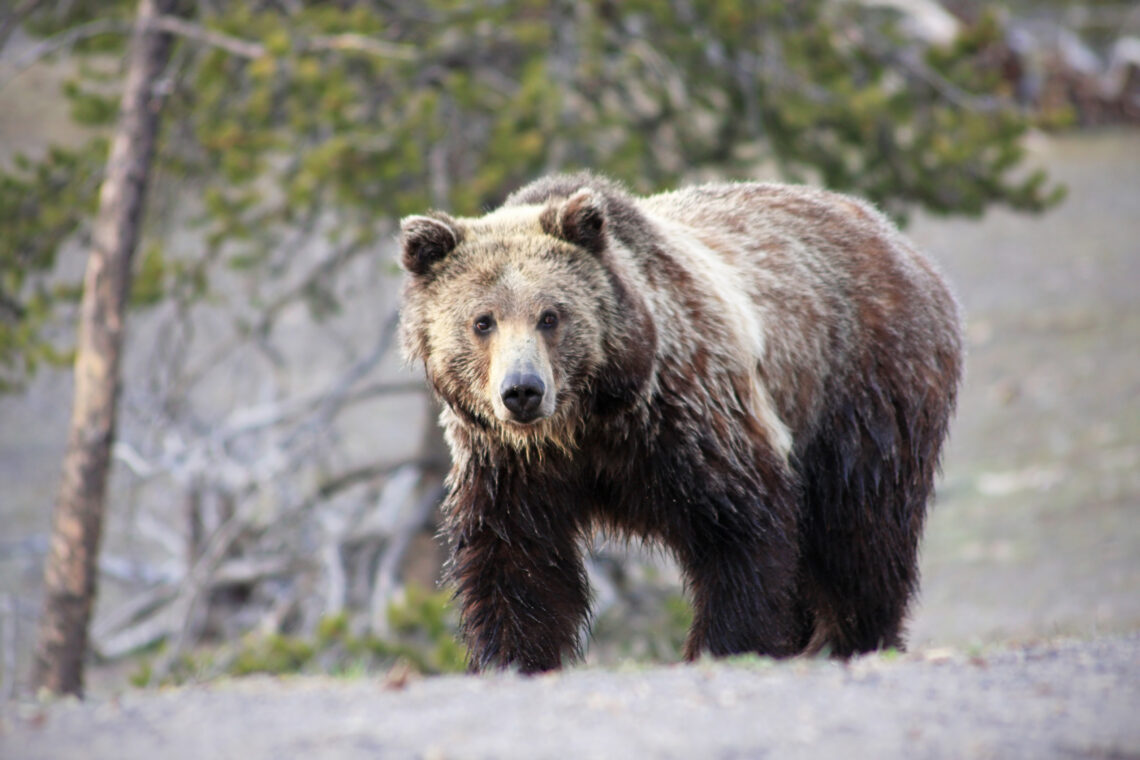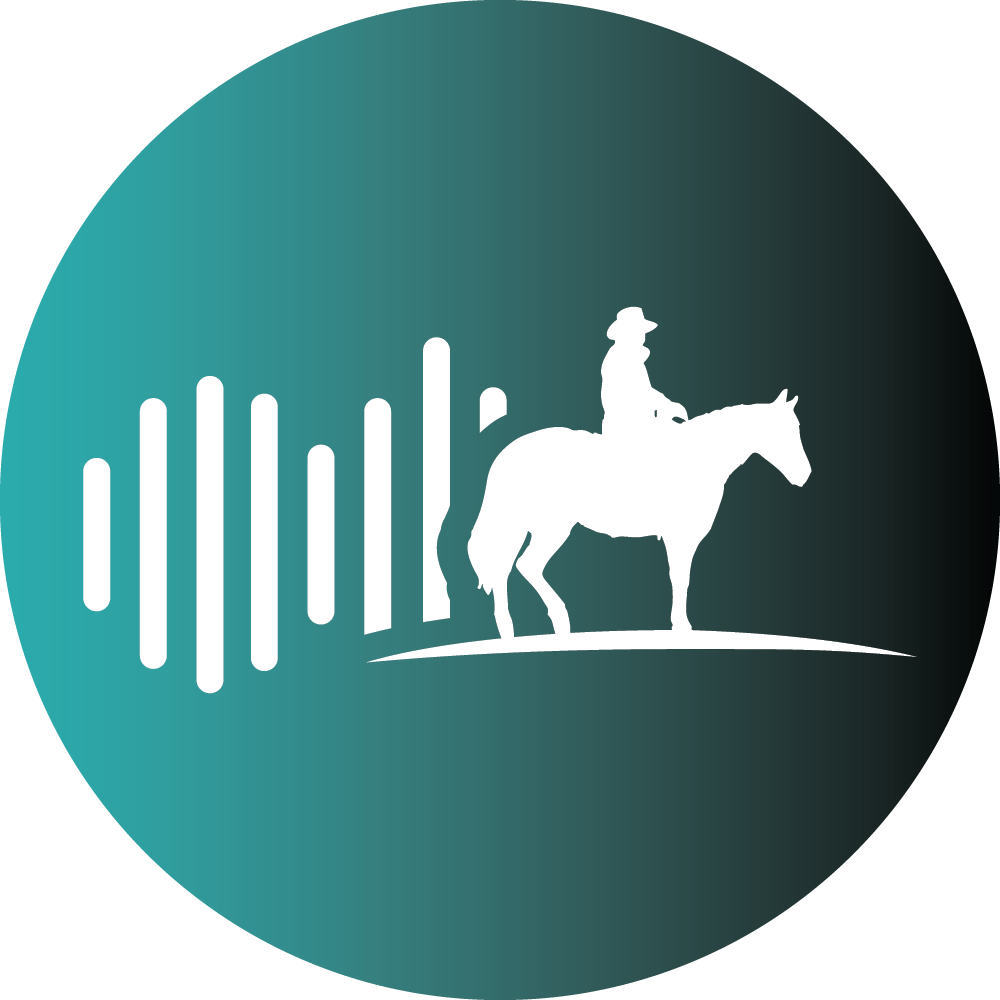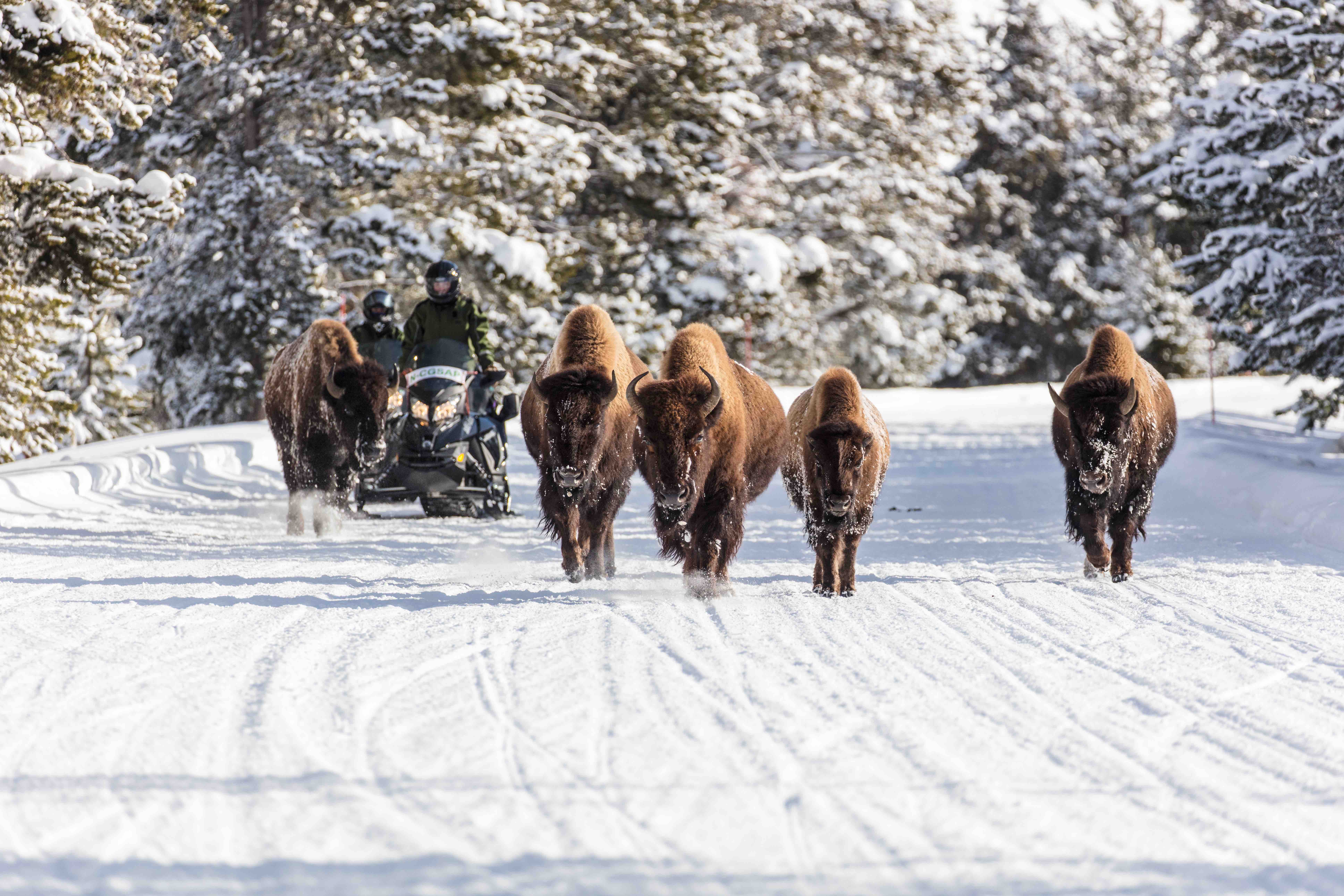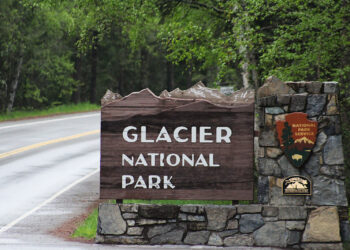Accident marks third bear killed by a vehicle in Gallatin County in one week
By Jen Clancey STAFF WRITER
Early Sunday morning, Aug. 10 a female grizzly bear was struck and killed by a car on Ousel Falls Road. The bear was removed by Montana Fish, Wildlife and Parks on Sunday.
According to Montana FWP, reports of the incident noted that the female grizzly bear was accompanied by two smaller bears, presumably cubs. When FWP arrived at the scene to remove the deceased grizzly on Sunday morning, they also began a search for the cubs.
This is the third bear struck and killed by a vehicle in Gallatin County in the span of a week; on Aug. 5, a male grizzly bear was struck by a car north of West Yellowstone, and on Aug. 4, a black bear was struck near the U.S. Highway 191 and Montana Highway 64 junction.
At the most recent site along Ousel Falls Road, FWP was unable to find the two accompanying bear cubs despite a thorough search.
“We have an infrared drone that we use in circumstances like that, so we can do a pretty exhaustive search of the area, even … in places where there’s dense vegetation and limited sight, we can still do a pretty exhaustive search and weren’t able to turn up anything,” said Greg Lemon, Montana FWP’s communication and education administrator.
He noted the Big Sky community can give FWP a call if they do see the bears, but reminded them that they should keep a safe distance and assume a mother is nearby.
According to FWP bear specialists, conflicts with bears occur this time of year in late summer when they intuitively search for Montana’s wild berry offerings. Bears will search for berries in vegetation away from people but if frost or drought impacts berry crop, they’ll begin to move toward more populated areas, resulting in an increase in conflict and consequentially, wildlife-vehicle collisions.
Lemon said drivers can avoid wildlife-vehicle collisions by paying attention to the road at dawn, dusk and nighttime, especially when the line of sight ahead is limited and vegetation is close to the road’s edge.
“The main thing is just being aware, so early morning hours, evenings, right at dusk and then at night is when most of the wildlife that cause problems in vehicle collisions—deer, elk, moose, bears, maybe bighorn sheep up in that area—they move, they’re more active in those hours,” Lemon said.
Lemon emphasized the public’s access to FWP data, including the Montana Grizzly Bear Mortality Dashboard, which identifies the bear’s sex and often notes the cause of death.
The Aug. 4 black bear death along U.S. 191 is another casualty within a known hotspot for wildlife-vehicle collisions. A study by Center for Large Landscape Conservation identified one of the top priority sites for wildlife crossing solutions at a spot just north of the Big Sky junction between U.S. 191 and Montana Highway 64. Elizabeth Fairbank, road ecologist for CLLC, a nonprofit dedicated to connecting wild lands, described the research site.
“It’s got a high rate, both of reported crashes as well as carcasses that are picked up by maintenance crews, and then also scored highly in terms of the connectivity and suitability modeling that we did,” Fairbank said.
In 2024, CLLC teamed up with Montana Department of Transportation to apply for federal funding of a wildlife crossing overpass just outside the canyon entrance in Gallatin Gateway to Spanish Creek between mile markers 68.1 and 73.7.
“There’s opportunity there because there’s conserved lands on both sides of the road,” Fairbank said of the top priority site. Land ownership at priority sites like the one near the Montana Highway 64 and U.S. 191 junction can complicate projects.
“…So you really need to have conserved land, whether it’s public or private land that’s under a conservation easement to have a project be feasible,” Fairbank said.
While the project was not selected for funding through the federal Wildlife Crossings Pilot Program in 2025, CLLC is still looking for ways to make the crossing possible in their efforts to avoid collisions like the three Big Sky experienced this week.














